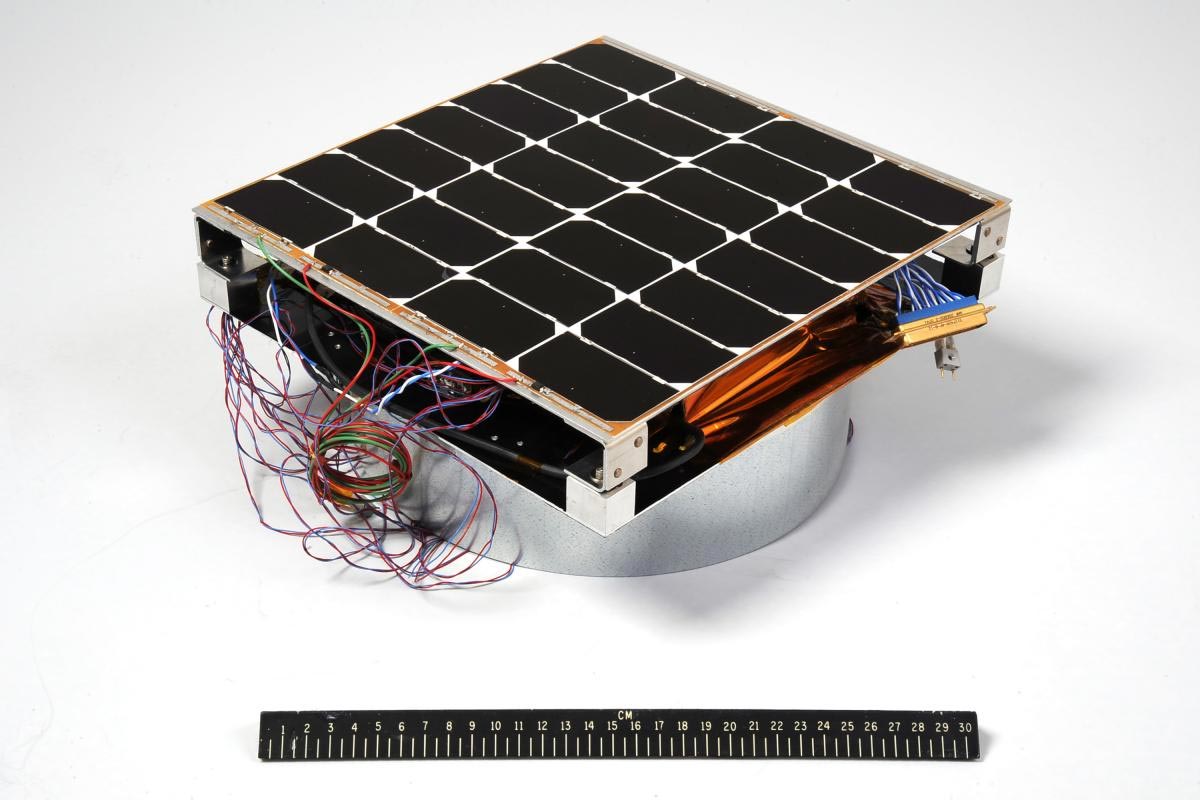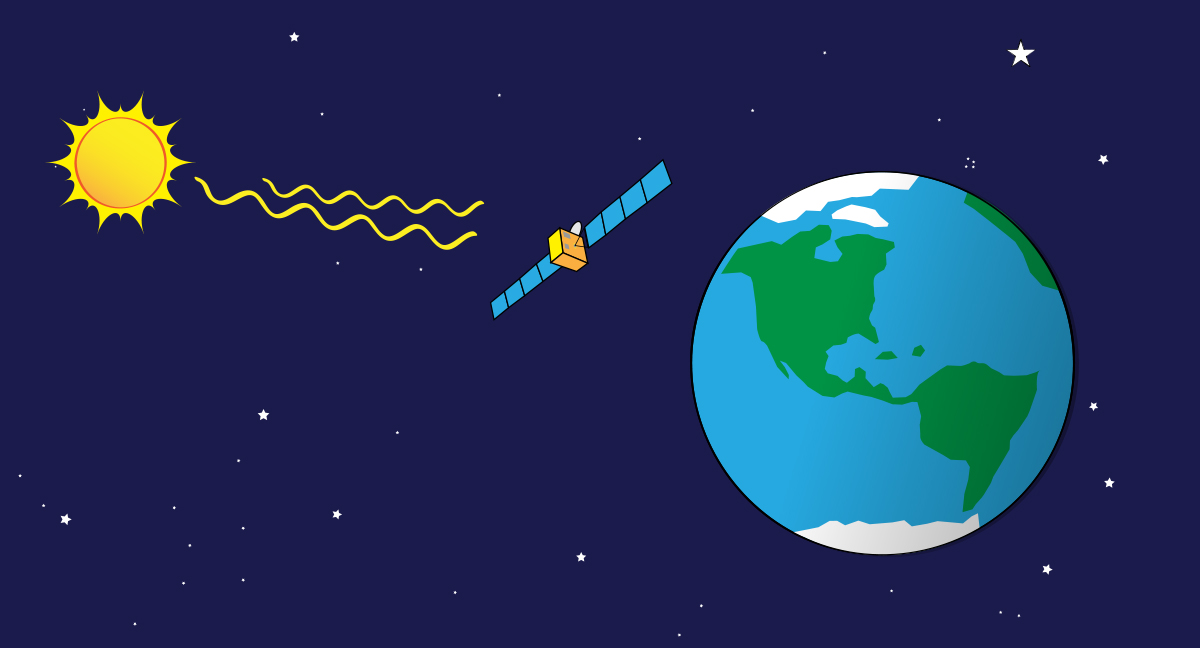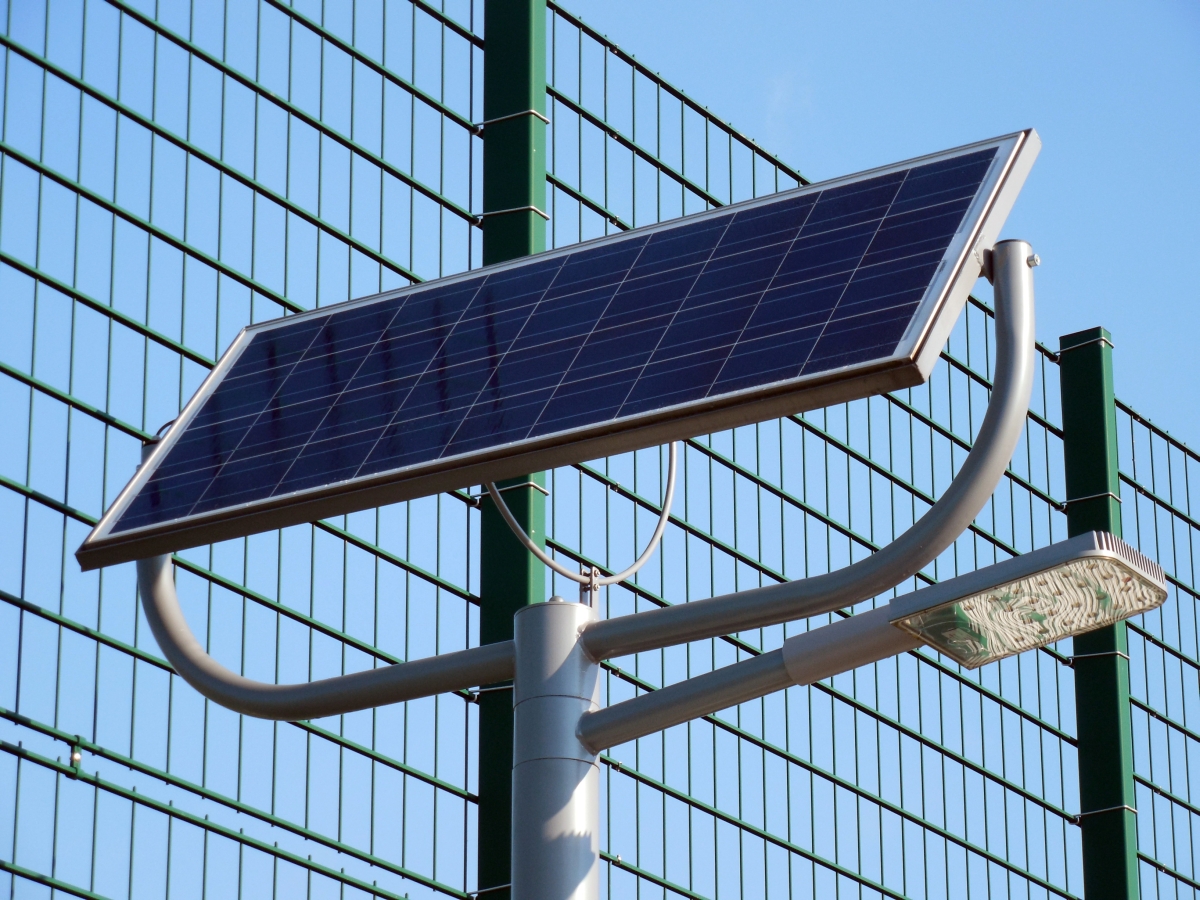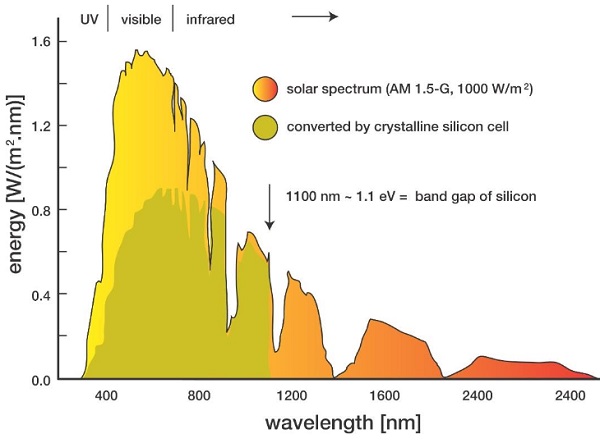The solar arrays attached to a typical satellite generating 1 6gw in space and an average of 1gw on earth would measure about 5 to 6 square kilometers and use a transmitting antenna array with a diameter of about 1 km.
Energy transformation of solar panels on a space satellite.
If there is an.
Sspidr would use solar power panels.
A space based solar power station would capture the sun s energy that never makes it to the planet and use laser beams to send the energy back to earth to meet energy demand needs.
Self assembling satellites are launched into space along with reflectors and a microwave or laser power transmitter.
Satellites are usually fitted with a re chargeable battery and solar panels.
Thus the output for each solar panel in your array would.
Batteries are used to store the energy so that the satellite can continue to work when the sun is eclipsed or far away for example during a mission to visit a comet or a distant planet.
These panels convert solar power into either a microwave or a laser and beam uninterrupted power down to earth.
Reflectors or inflatable mirrors spread over a vast swath of space directing solar radiation onto solar panels.
The service is partnering with defense contractor northrop grumman on the space solar power incremental demonstration and research project or sspidr for short.
How much energy does a solar panel produce.
The collecting satellite would convert solar energy into electrical energy on board powering a microwave transmitter or laser emitter and transmit this energy to a collector or microwave rectenna on earth s surface.
The solar panels absorb energy from the sun and the batteries store the energy for use by the satellite.
Depiction of a possible space solar power system.
Image courtesy of the national space society blog.
Space based solar power attracted considerable attention in the 1970s as the necessary individual technical components in essence photovoltaic cells satellite technology and wireless power.
In a silicon solar cell light energy a photon of energy 1 1ev is absorbed in silicon and the energy absorbed excites an electron hole pair so charge particles are formed.




























